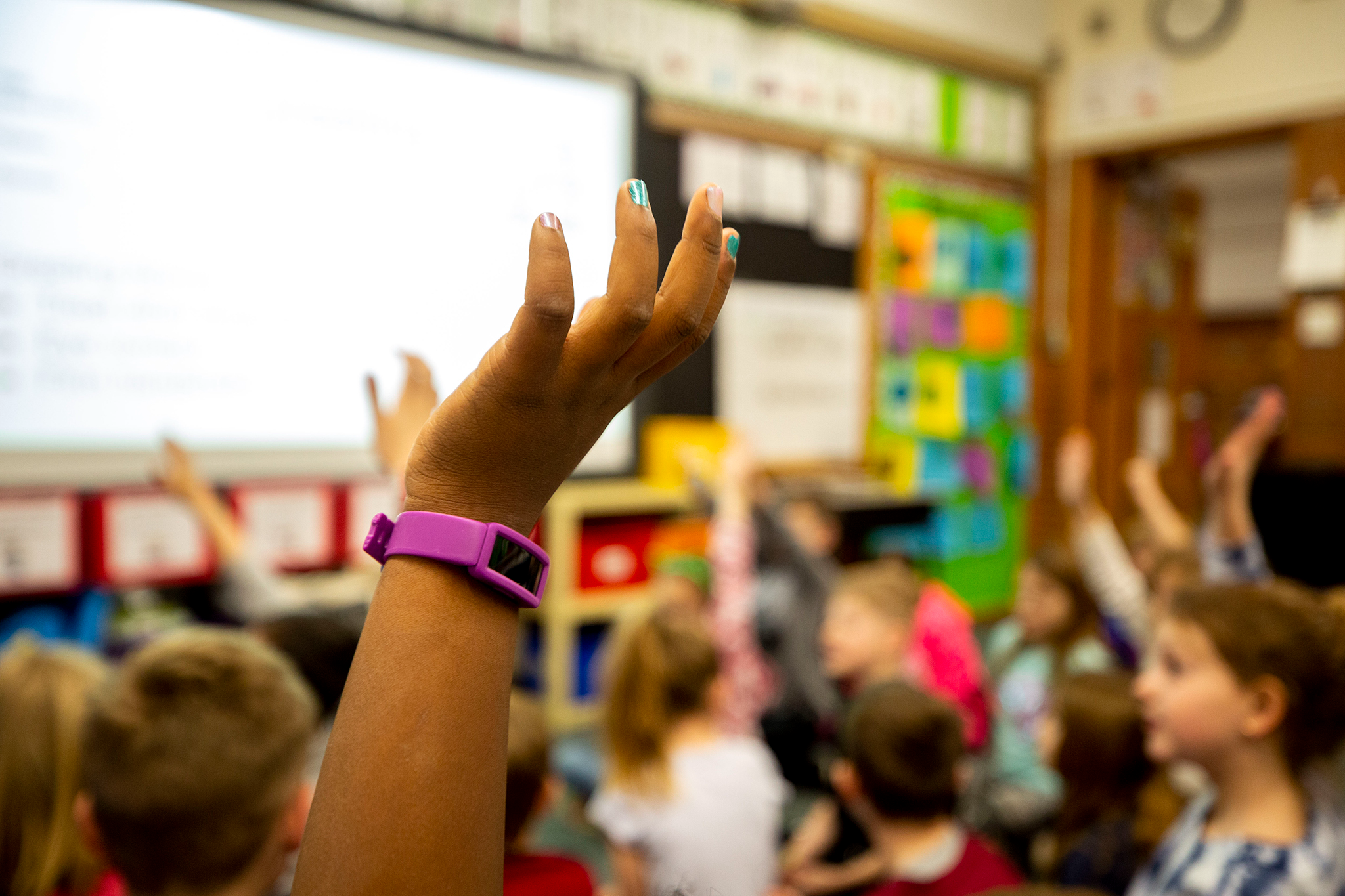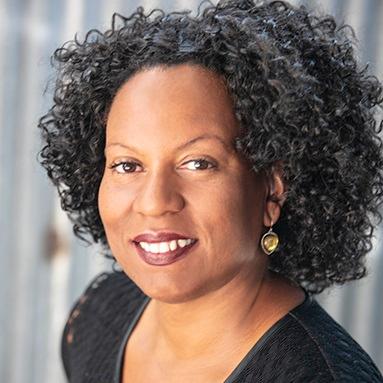
State lawmakers have been wrangling for weeks over how to implement a new school funding formula, the first in three decades and passed by lawmakers last year, without breaking the bank.
The turmoil over school funding this late in the legislative session has ramped up the frustration felt by Democrats and Republicans alike over the yearly herculean task of trying to fund K-12 schools. And adhere to what the state constitution requires within revenue caps set by TABOR or the Taxpayer Bill of Rights. Already, schools are underfunded by $4 billion, according to two adequacy studies.
On Monday, state lawmakers advanced a long-awaited school funding proposal, while other legislators sounded the alarm that there won’t be enough money to see it through. They want the chance to have another option debated.
To implement the new school funding formula — which would ultimately put more than $500 million into schools — exactly as it passed last year would have put the state into debt by more than $900 million.
House Speaker Julie McCluskie has been massaging a proposal to implement the formula over seven years. It has a number of triggers to halt the implementation if the state runs into funding troubles.
But her plan is not the only one that has been drafted.
A month ago, state Sen. Chris Kolker watched thousands of teachers rally at the Capitol.
After the rally, in his office, to a group of 20 teachers, he explained that the new school funding formula, launching next year, would gradually get them more funding over the next six years.
“One young teacher, near tears, said to me, ‘But I have kids in front of me now that need help,” he said. “She was in tears, choking up.”
Later, he read a state budget analysis showing that a state fund to help pay for the new funding formula would be out of money by 2028-29. He decided to sponsor an alternative school finance proposal to the one sponsored by McCluskie. Her proposal unanimously cleared the House Education committee Monday. Kolker said his draft proposal makes sure schools don’t face cuts in the future.
“We are not leading them down this primrose path of, yes, look, we got more funding and all of a sudden pull the rug out from under them in three years.”
The catch is his bill has been laying on the Senate president’s desk for more than a week. It hasn’t got the green light to be introduced.
Matter of sustainability
Kolker, a Centennial Democrat and co-sponsor Sen. Barbara Kirkmeyer, a Brighton Republican, argue that McCluskie’s plan is unsustainable long term. They argue that it would deplete the State Education Fund, which typically generates $1.1 billion to $1.2 billion in revenue to help fund the state share of school funding, by 2028-29.
“Do they just not care that the state education fund will be insolvent within a couple of years?” asked Kirkmeyer, who sits on the powerful Joint Budget Committee. “Where is their plan to fund education (past) 2027/28? They're going to go back to what I'm going to call the Polis/McCluskie stabilization factor.”
Kirkmeyer is referring to the “budget stabilization” factor. Over the last 14 years, lawmakers withheld $10 billion from K-12 schools to balance the state budget. That practice, called the “budget stabilization” or BS factor, ended last year alongside much celebration.
“We've all said no more BS factor, but no one's come up with a solution,” Kolker said. “And this is the solution.”
His plan would take one-tenth of 1 percent of federal taxable income and create a separate Kids Matter fund to pay for it. He said it would increase the level of funding for schools the same amount as McCluskie’s bill and sustainably fund schools.
“If you really want this new formula to be implemented and you want to be in it for the long term, then let's implement it and let's fund it.”
Some worry that idea would mean others get hurt
Others worry that taking that sliver of the pie to make a separate Kids Matter fund amounts to taking $350 million to $375 million from the general fund. They say dedicating that solely to education would handcuff the state budget.
McCluskie said she agrees with the spirit of what Kolker and Kirkmeyer are trying to do but the proposal would mean cuts elsewhere in the budget.
“That could have significant impacts for Medicaid, child welfare and our services for people with disabilities … it's almost a game of shells,” she said.
Others argue that sending $350 million to schools in the first year under the Kolker/Kirkmeyer proposal is much more than is even required under the new school finance formula.
But Kirkmeyer said K-12 suffered for nearly 15 years when $10 billion was withheld. She’s disappointed that K-12 funding is the last thing state lawmakers are grappling with this year when it should have been the first.
“If education is truly a priority in the state, we should be funding it, and we shouldn't have to do this bill,” she said. “But it's not. They keep trying to think of ways not to fund education, to balance the budget on the backs of students. They did that for 15 years. Enough is enough.”
Senate President James Coleman said he hadn’t made a commitment to Kolker to introduce his bill. He said McCluskie’s bill is moving through the system.
“For me, that's the primary focus when it comes to education funding this year. And that is what we're going to focus on.”
He said lawmakers have to be thoughtful about how they fund health care and other issues. Kolker said he has every Republican in the Senate as a cosponsor to his draft bill and seven Democrats.
Kirkmeyer said the bill deserves a policy discussion.
“It needs to see the light of day.”
Strong support for McCluskie’s plan during its first hearing
McCluskie has worked diligently the past couple of months to gain support for a compromise school funding proposal. Monday’s unanimous committee vote was preceded by hours of testimony supporting the bill.
School districts, including Greeley-Evans 6, Denver Public Schools, Colorado Springs D11, Mesa Valley 51, Mapleton, Center, Rocky Ford and others lined up to back the bill.
It raises total statewide K-12 spending to roughly $10 billion, with schools slated to get $195 more in base per pupil funding next year, or roughly $8,691 per student.
Under the bill, Colorado’s new school funding formula would start next year giving schools about $82 million more than if the old formula stayed in place. The new formula would gradually send more money to students with higher needs, students living in poverty, those who are learning English or students with disabilities.
Greeley-Evans 6 Superintendent Deirdre Pilch said 70 percent of students in the district qualify for free and reduced-price lunch, and more than 160 languages are spoken.
“These children need more to ensure academic success and to provide them with more means we need a change in this (old) formula,” Pilch said.
Complex calculations
The bill is a complex calculation laying out what percentage of the new formula districts would get enacted over time. Fifteen percent of the formula’s new money would go to schools next year, 30 percent the year after, and 45 percent the following year. The bill ensures for the next two years no school district gets less money than this year.
The formula was supposed to be fully implemented by 2029-30 but because of the tight state budget, McCluskie’s bill extends it a year to 2030-31.
The bill is a compromise alternative to Gov. Jared Polis’ first school budget proposal. School leaders strongly opposed that plan and teachers ended up rallying in protest. While his proposal, which aides say was meant to be a starting point in negotiations, increased per-pupil funding for schools, it also abruptly changed the way students are counted. Schools say that would have cost them $150 million. It proposed moving from funding schools with pupil counts based on a four-year rolling average to a single year count. The averaging method helps schools with declining enrollment buffer drops in funding.
McCluskie’s proposal lengthens the time school districts have to move away from the buffer of “averaging.” Next year, schools would use four-year averaging, then starting in 2026-27, it would move to three years.
Andrea Haitz, school board president for Mesa Valley District 51, said her district has lost more than 2,000 students in the last five years, or 10 percent.
“The thoughtful phased implementation of a new formula gives us time to adjust responsibly,” Haitz said in her testimony supporting the bill. “It provides a runway that helps us manage this transition gradually, rather than forcing difficult decisions all at once.”
Triggers in bill to protect districts
The bill has safety valves if there’s a recession or funding shortfall. The new formula would pause and the prior year’s funding method would continue.
“We will only move on to the next tier if the funding is sustainable and we are able to invest more in schools,” McCluskie said. She said her plan is sustainable for three years and then if the State Education Fund dips below the safety threshold of $200 million, triggers will kick in to protect districts from a funding cliff.
“If we were to go back to the old formula this year, simply to keep more money in the cookie jar, I think that would be a great disservice to our school districts,” she said. “I believe that this is a sound solid step forward and ensures that our school districts are getting the money they need to continue to thrive.”
She said she is committed to not returning to the budget stabilization factor. Her bill calls for reviewing the implementation of the new formula year by year.
Support from Colorado Education Association
Several lawmakers expressed worry that a slowing of the economy will make the State Education Fund insolvent. But school district finance officers like Brett Johnson of the Aurora Public Schools said it was important to move forward with the new funding formula.
“I find it problematic to consider turning off this formula and not starting the process based on what may or may not happen economically in a few years.”
Kevin Vick, president of the Colorado Education Association, testified in support of the bill.
“We’re grateful that instead of cuts the legislature is moving in the direction of increased investment in public education.”
An apology
Rep. Jennifer Bacon apologized to teachers for having to leave their schools to protest a possible $150 million cut to schools.
“I am sorry that you had to come down here to tell us that we should not have to balance the budget on the backs of schools, and you are absolutely right.”
“We cannot keep operating like this,” she said, referring to yearly budget crises to fund K-12 at the same time the state gives back hundreds of millions of dollars to taxpayers under the requirements of TABOR.
“This is bad,” she said. “We give back the money we do have and all we’re trying to do is figure out how to educate our kids to the quality that they deserve.”
McCluskie’s bill now goes to the House appropriations committee.









